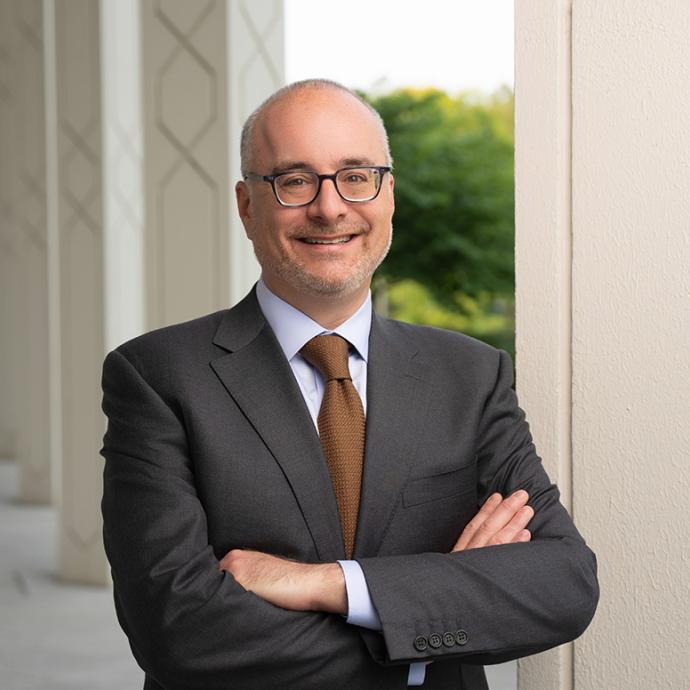Fifty years ago, scientists at the University of Chicago sought to break through traditional academic barriers to revolutionize the field of biology.
They created the Committee on Evolutionary Biology, which has been a driving force behind impactful scientific inquiry at the University of Chicago ever since. To this day, its deeply interconnected graduate program is challenging conventional thinking through pioneering scholarship and a transformative education for students.
“You would think that something this effective also would be functioning in New York or London or Paris or anywhere else they’ve got world-class universities and museums and collections and zoos and botanic gardens, but it isn’t,” said Prof. Michael Coates, a world-renowned scholar of early vertebrate evolution, who chairs the committee.
By forging deep partnerships with scientific institutions in Chicago and beyond, the Committee on Evolutionary Biology creates fertile ground for faculty and students to pursue cutting-edge theory and field-defining research—from the South Side to the South Pacific, examining everything from Whatcheeria fossils to weaver ants.










 —Prof. Kunle Odunsi
—Prof. Kunle Odunsi
